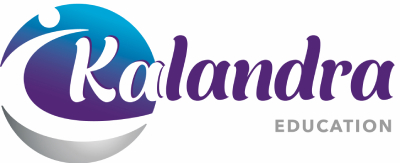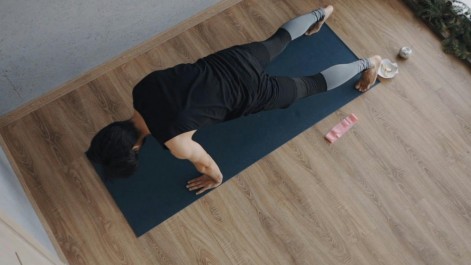Causes of Headaches
By Alexander Slesarenko
Headaches fall into two categories, primary and secondary and are one of the most common reasons people visit their doctor.
Headache causes are: vertigo, otitis media, migraine, temporomandibular arthritis, cluster headache, intracranial haemorrhage, encephalitis, tension headache, cervical spondylosis, trauma, trigeminal neuralgia, cerebral vasoconstriction, tumor, cervical artery dissection, cerebral vein thrombosis, sinusitis, subdural haematoma, idiopathic intracranial hypertension, meningitis, brain abscess, hydrocephalus, temporal arteritis, pituitary apoplexy, preeclampsia, stroke, transient ischemic attack, CO toxicity, glaucoma, postural headache, hemicrania continua.
Primary headaches: (80%) usually benign. Although severe, recurrent and potentially disabling no dangerous causes are identified. They are usually the result of overactivity of internal and external sensitive receptors and/or related vascular structures.
Migraine with Aura: Aura is a neurological symptom (vision, speech, sensation, motor function are affected) caused by a wave of electricity on the surface of the brain. As the wave moves it gradually resolves. Symptoms are progressive (though not always) and resolve.
Migraine Headache: This primary headache is among the most prevalent disorders in the world. It is characterized by moderate to severe headaches which can be associated with increased sensitivity to light and sound as well as nausea and vomiting. There is a strong hereditary component with migraines. NSAIDS and Triptans help to manage acute episodes and minimise disability.
Cluster Headaches: Attacks can be experienced several times a day and followed by a pain-free remission. A sharp pain usually behind the eye is associated with drooping of eye lid, nasal congestion and discharge on the same side as the headache. Oxygen and antihypertensive medication can relieve symptoms. Preventive strategies are managing lifestyle, reducing stress, avoiding smoking/alcohol, sleep and aerobic exercises.
Tension Headache: Primary headache with mild to moderate intensity. Usually described as band-like pain with tight or squeezing quality. Associated with extracranial muscle tenderness and trigger points. This affects everyone at some point in a lifetime. It responds to simple and compound analgesics like Panadol, or Ibuprofen.
Secondary Headaches (20%): These are attributable to underlying disorders that potentially increase the risk of heart disease, stroke and type 2 diabetes. Usually in overweight/obese women of childbearing age it accompanies transient blurry vision and visual deficit, Tinnitus. A gradual onset headache of severe hypertension. Can combine with seizures and altered mental status and may cause encephalopathy and kidney problems. It can lead to a cerebrovascular accident (Stroke) with loss of vision and slurred speech.
Preeclampsia/Eclampsia: A headache after 20 weeks of pregnancy can be dangerous as it may involve preeclampsia, a severe life-threatening condition of hypertension with end organ damage to the kidney, liver and brain. Apart from headaches, symptoms are high blood pressure, visual disturbances, proteinuria, tinnitus, abdominal pain, legs swelling. Seizures indicate the worst case of preeclampsia.
Red flags for headaches: Severe hypertension, neurologic findings – weakness, face drooping, tingling sensation, visual problems – blurry, tunnel vision, neck stiffness and fever, persistent nausea, early morning headaches, sudden “thunderclap” onset. Mental status changes, headache after trauma, new on-set seizure, immunocompromised state.
Treatment: understanding the cause is important and responding appropriately to this which may involve medication will help however there are things you can do that may assist. Using heat packs on the shoulders and neck or applying a gently heat rub. Darkening and quieting a room, using a defuser with a calming scent such as lavender, getting a massage which includes a foot massage may all assist.
Back to Blog








